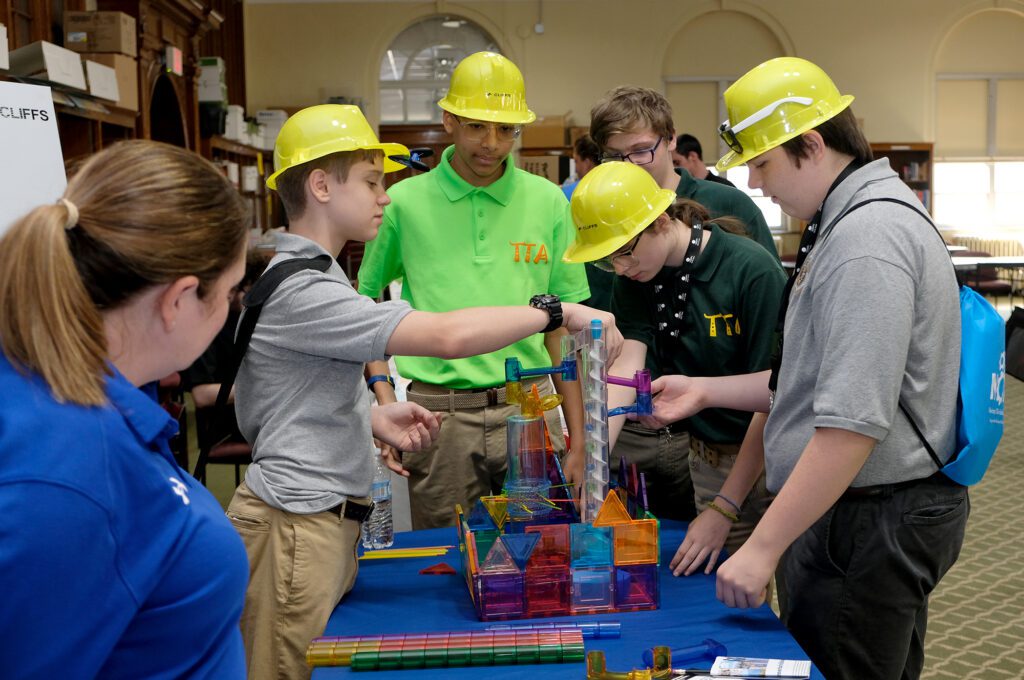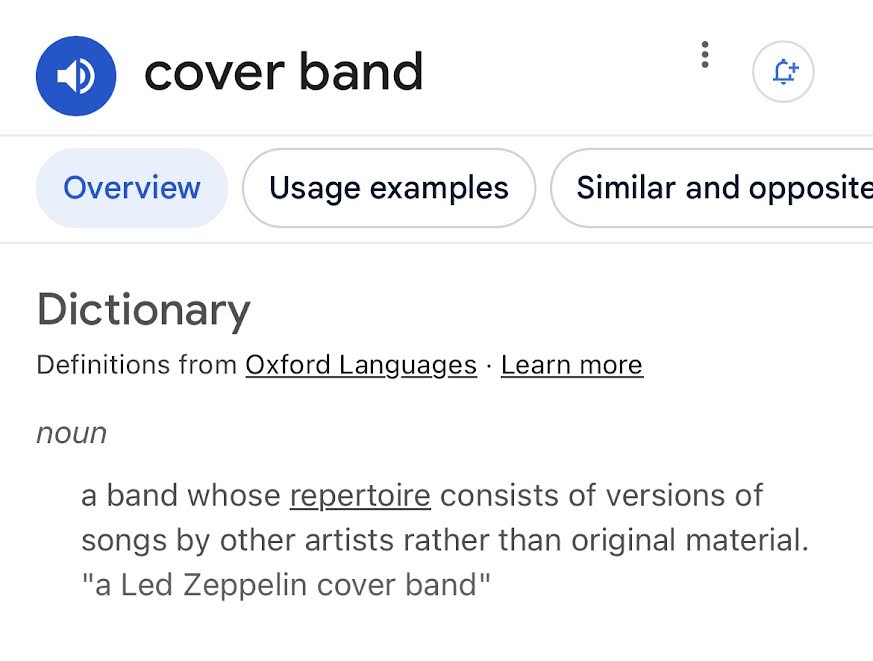Lucille’s Jazz Lounge owner talks about his downtown club
By David Yonke
TOLEDO – Will Lucas, owner of Lucille’s Jazz Lounge, Earth coffeehouse and TolHouse private membership club, all located at 1447 N. Summit St., was interviewed for the Toledo Free Press as a companion article to the story “Jazzing it Up,” which features local legend Gene Parker.
How did Lucille’s Jazz Lounge get its start? Was it your idea, suggested by someone, or a group collaboration?
When I first walked through the building that would become TolHouse, it was clear to me — a jazz club needed to be here. It wasn’t just an idea; it was a vision. The feeling I got walking through those halls instantly brought back memories of the times I spent at Rusty’s Jazz Cafe. That feeling of warmth, creativity, and community — it was something I missed, and I knew Toledo needed it back. Lucille’s was born out of that desire to reawaken the spirit of jazz in the city.
Why is it named Lucille’s?
The name of the club wasn’t overthought. It’s the name of B.B. King’s famous guitar, two famous songs — one by Little Richard another by Kenny Rogers — and it’s also my wife Angela’s middle name, my youngest’s middle name, my wife’s grandmother’s first name. It sounded to my wife and I like a great name for a jazz and blues club, so that’s why we ran with it.

How much time and effort did it take to get the club open?
A lot of time, effort and heart went into it — but when I look back, every challenge was a steppingstone that led us exactly where we needed to be. Along the way, I connected with incredible people like Doug Swiatecki, a local jazz historian, who introduced me to Jim Gottron, a legendary piano tuner who’s worked with the greats. From Jim, I got the piano from Murphy’s Place — Claude Black’s prized piano — which now lives on our stage at Lucille’s. The piano from Rusty’s Jazz Cafe is also here, and we’ve got big plans for that one, too. It feels like these instruments have stories to tell, and Lucille’s is where those stories come to life.
Lucille’s Jazz Lounge started in 2021. Did the pandemic impact your plans or delay the opening?
The pandemic didn’t interrupt our opening. I try to take the attitude that things happen for me, not to me, and the timing of our opening was such that people were just starting to get back outside and wanted to enjoy live music again.
Were Rusty’s Jazz Café and Murphy’s Place an inspiration in any way for Lucille’s
Absolutely. Rusty’s and Murphy’s Place were instrumental in the vision for Lucille’s. Those places held the soul of jazz in Toledo, and I hope I can continue to do those legacies justice here at Lucille’s.
How many shows a month do you host now, and what would be the optimal number?
Our season runs from September to around March. Warmer months are harder to get people in the doors, and that’s a lesson we learned the hard way. Now, we only do shows in the summer that are as close to guaranteed winners as possible. In cooler months, we work to put on up to three performances. As the market for live jazz and blues matures locally, I’d love to have music in there as close to every night of the week as possible. Right now, we’re just not there yet.
You’ve been bringing in some well-known regional and national acts for weekend concerts. How do you select the performers, and what genres are you open to for concerts?
It’s all about the vibe. Lucille’s is a jazz and blues club, but more importantly, we’re a listening room. When an artist steps on that stage, it’s not just about entertainment — it’s about connection. The audience isn’t here to talk over the music; they’re here to experience it. That’s a rare and special thing, and artists appreciate that. Because I’ve been in the music and radio scene for years, I know Toledo can be tough for introducing new talent. So, we focus on artists who have already proven themselves in nearby markets, ensuring that every performance resonates with our audience.
When did you start hosting the Tuesday night sessions? How are those weeknight shows working out?
Tuesday night SESSIONS with Gene Parker and Damen Cook started earlier this year, and it’s been steadily growing. It’s still in its early stages, but I’m optimistic it will become a cornerstone of our weekly lineup. What’s great about Tuesdays is that it’s more casual — you don’t need a ticket, just come on in and experience the music. Lucille’s is open to the public.
Are you personally a musician or singer?
Music has always been a part of my life. I’ve been playing drums since I was 10, starting out in the church. Then I went into songwriting.
Who are some of your favorite jazz artists, or artists in any musical style?
My tastes span the spectrum. I listen to everything from Muddy Waters and Miles Davis, to J. Dilla and Nipsey Hussle, and even Mumford and Sons.
What is the maximum seating/standing capacity for a concert at the jazz club?
Lucille’s seats 72, which gives it this intimate, up-close feel. Every seat is a good seat.
How would you describe the vision for Lucille’s (and of TolHouse)?
TolHouse is a private social club designed for Toledo’s creative and entrepreneurial class. Not everything here is members only, however. Earth, our coffeehouse, is open to the public and so is Lucille’s. Earth is a beautiful coffeehouse, more than 150 plants, and more natural light than just about anywhere in the city. Lucille’s is Toledo’s first and only dedicated jazz and blues club in more than a decade, and we host some remarkable acts.





























